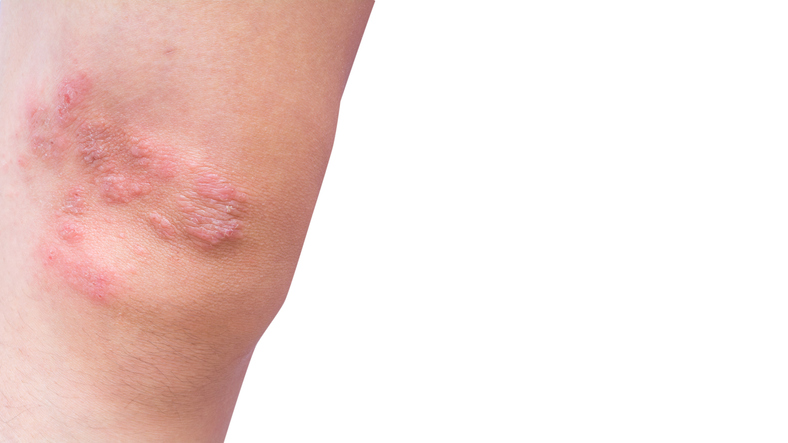Pain
Progression and Potential Complications of Scleroderma

What is scleroderma?
Scleroderma is an autoimmune condition that involves hardening and tightening of the skin and connective tissues. There are two main types of scleroderma: localized and systemic. Localized scleroderma usually affects the skin only. Systemic scleroderma affects the skin, underlying connective tissues, or major organs.
Progression of scleroderma
The progression of scleroderma is highly individualized and depends on whether it is localized, limited systemic, or diffuse.
Localized scleroderma
In cases of localized scleroderma, the hardening of skin typically stops after two years, and the lesions don’t extend to other areas. Response to treatment and progression of systemic scleroderma widely varies. Some individuals have mild disease that does not progress, while others have disease that quickly progresses.
Systemic scleroderma
Progression of systemic scleroderma depends on whether it is classified as limited or diffuse.
- Limited systemic scleroderma is characterized by thick or tight skin on areas below the elbows and knees. It may or may not include the face. Progression of limited systemic scleroderma typically involves slow and gradual skin thickening with little change from year to year.
- Diffuse scleroderma affects skin on the face and areas below and above the elbows and knees. The progression of diffuse scleroderma typically involves skin thickening over the first 1-3 years with corresponding development of organ involvement, progression slows and stabilizes after 1-2 years, and skin softens and disease improves after year 5. New organ involvement is unlikely after the fifth year.
Potential complications of scleroderma
Potential complications of scleroderma are varied, depending on the type and severity of the condition.
Localized scleroderma
Localized scleroderma can be disfiguring, particularly if it affects the face, scalp, or if it develops during childhood.
Systemic scleroderma
Potential complications of systemic scleroderma range from mild to severe. Severe complications are more common when systemic scleroderma is diffuse. Complications of systemic scleroderma may include damage to the following:
- Fingers and toes
Fingers and toes may develop ulcers and sores due to restricted blood flow from Raynaud’s. If the ulcers are severe and do not heal, amputation may be required. - Teeth
Dental decay is common due to severe dry mouth or if tight skin around the mouth makes brushing or professional cleaning difficult. - Digestive system
Common digestive complications include heartburn, gastroesophageal reflux disease, difficulty swallowing, pseudo-obstruction, and constipation. Gastrointestinal tract esophageal hypomotility can result in diarrhea, bloating, malabsorption, and weight loss. In cases with severe digestive system issues, nutritional supplementation via a feeding tube may be required. - Heart
Damage to the heart can manifest in a variety of ways: high blood pressure, specifically pulmonary arterial hypertension, myocarditis, pericardial involvement, diastolic dysfunction, arrhythmias, myocardial infarction, and congestive heart failure. Severe heart involvement is primarily seen when scleroderma is diffuse. - Lungs
Scarring can form on the lungs. Arteries to the lungs can also develop high blood pressure. Other lung issues that can develop include fibrosing alveolitis, pulmonary fibrosis, and interstitial lung disease. In some cases, a lung transplant may be required. Severe lung complications are common with both diffuse and limited systemic scleroderma. - Kidneys
Kidney complications include renal crisis, damage to the kidney(s), and kidney failure. Complications involving the kidneys are more likely with the diffuse version of the disease. - Liver
Scarring of the bile ducts is common with limited scleroderma but less common with diffuse scleroderma. - Sexual function
In men, erectile dysfunction may occur. In women, decreased lubrication and constriction of the vaginal opening may occur.















